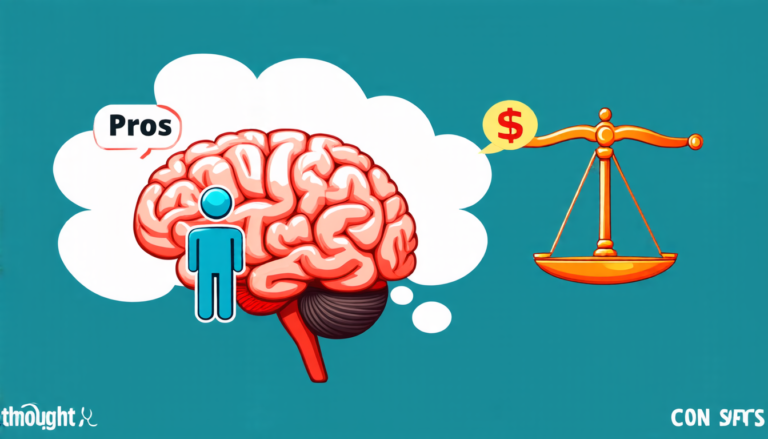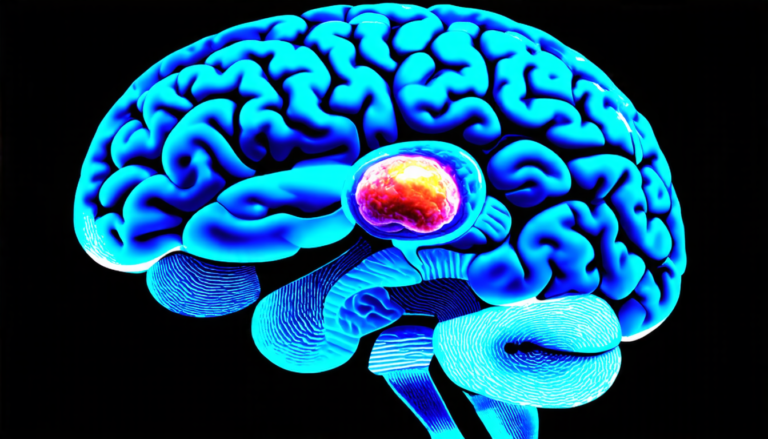Saturday 22 November 2025
As cities continue to grow and evolve, it’s becoming increasingly important for us to understand how they function and respond to our needs. This is where Urban General Intelligence (UGI) comes in – a new field of research that aims to create AI systems capable of reasoning about complex urban environments.
One major challenge facing UGI is the problem of geographic bias. Many AI models are trained on data from specific regions, which can lead to inaccurate predictions and limited generalization when applied to other areas. For example, a model trained on data from New York City might struggle to predict house prices in Melbourne or Singapore.
To address this issue, researchers have developed a new approach called Urban- R1, a reinforcement learning-based framework that aligns Multimodal Large Language Models (MLLMs) with the objectives of UGI. The system uses Group Relative Policy Optimization (GRPO) to optimize reasoning across geographic groups and employs urban region profiling as a proxy task to provide measurable rewards from multimodal urban data.
The team tested Urban-R1 on five urban indicators, including population, carbon emissions, GDP, poverty rates, and house prices. They also created several downstream tasks that mimic real-world applications, such as selecting suitable locations for commercial establishments based on geographic text information and satellite imagery.
The results are promising – Urban-R1 outperformed both supervised fine-tuning (SFT) models and closed-source systems in terms of mitigating geographic bias and improving cross-region generalization. This means that the AI system can accurately predict urban indicators and make informed decisions about complex urban environments, even when applied to regions it has never seen before.
But what does this mean for us? Urban-R1 has the potential to revolutionize the way we plan and manage cities. By providing accurate predictions and insights into urban phenomena, the system could help policymakers and urban planners make data-driven decisions that benefit entire communities.
For instance, Urban-R1 could be used to identify areas of high poverty rates or carbon emissions, allowing authorities to target interventions more effectively. It could also help developers select suitable locations for new buildings or businesses, reducing the risk of gentrification or environmental degradation.
As cities continue to evolve and grow, it’s essential that we develop AI systems that can keep pace with their complexity and diversity. Urban-R1 is an important step towards achieving this goal, and its potential applications are vast and exciting.
Cite this article: “Revolutionizing City Planning: Urban General Intelligence and the Future of AI-Powered Urban Management”, The Science Archive, 2025.
Urban General Intelligence, Ai Systems, Geographic Bias, Reinforcement Learning, Multimodal Large Language Models, Group Relative Policy Optimization, Urban Region Profiling, Population, Carbon Emissions, Gdp, Poverty Rates, House Prices







